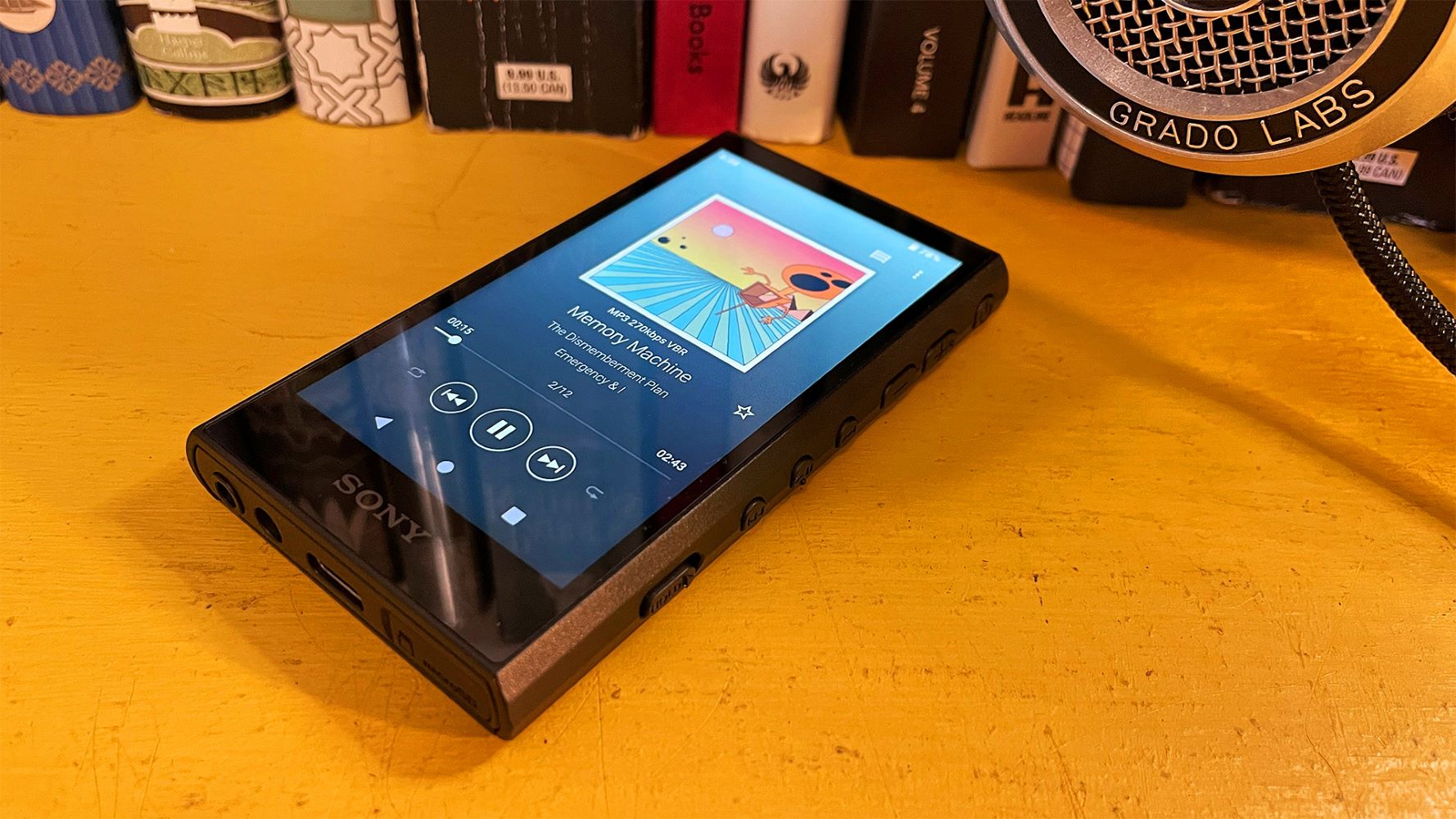
Introduction
Choosing between an Android device and an iPod can be challenging, especially when considering compatibility and features. Both platforms have unique strengths and weaknesses, making it important to understand what each offers before deciding. This article provides a detailed comparison of Android and iPod, focusing on compatibility, features, and user experience.
Key Differences
Customization and Flexibility
Android: Offers a high degree of customization. Users can personalize home screens, change launchers, and customize the interface. This flexibility appeals to those who value control over their device.
iPod: Known for its polished, user-friendly interface. Apple's tight control ensures a consistent experience across all devices, but limits customization options.
Device Ecosystem
Android: Open-source nature allows use by various manufacturers, resulting in a vast array of devices. Google services like Google Drive, Google Photos, and Google Assistant work seamlessly across these devices.
iPod: Fits seamlessly into the Apple ecosystem. If you own a Mac, iPad, or Apple TV, these devices work together effortlessly. Features like Handoff and Continuity allow tasks to start on one device and finish on another. iCloud syncs photos, documents, and other data across all Apple devices.
Compatibility and Requirements
To ensure your device supports the features you need, check the compatibility requirements:
- Operating System: Android 8.0 (Oreo) or later for optimal performance. iPod users need iOS 12 or newer.
- Storage: At least 2GB of free space.
- RAM: Minimum of 3GB RAM.
- Processor: Quad-core processor or better.
- Screen Resolution: 720p (HD) or higher.
- Internet Connection: Stable Wi-Fi or 4G LTE.
- Bluetooth: Bluetooth 4.0 or higher.
- Battery: At least 3000mAh capacity.
- Permissions: Necessary permissions like location, camera, microphone, and storage access.
Comparing Android and iPod
Android
Android, developed by Google, powers a wide range of devices from various manufacturers. Key features include:
-
Customization
- Change launchers, icon packs, and interface look and feel.
-
Device Variety
- Available on phones, tablets, smartwatches, and TVs.
-
Google Services Integration
- Deep integration with Google Drive, Google Photos, and Google Assistant.
-
App Store
- Google Play Store offers a vast array of apps, both free and paid.
-
Security
- Features like Google Play Protect ensure apps are secure and malware-free. Regular updates provide patches for vulnerabilities.
iPod
iPods run on Apple's proprietary iOS, known for smooth performance and user-friendly interface. Key features include:
-
Ease of Use
- Intuitive interface with a consistent, reliable experience.
-
Integration with Apple Ecosystem
- Seamless integration with Mac, iPad, and Apple TV. Features like Handoff and Continuity enhance user experience.
-
iCloud Integration
- Syncs photos, documents, and other data across all Apple devices.
-
Security
- Robust security features designed to protect user data and prevent malware.
-
Hardware Compatibility
- Designed to work with specific hardware components like the Lightning interface for fast data transfer and charging.
Alternatives to Using an iPod with Android
If you prefer using an iPod but also want to use an Android device, consider these alternatives:
PodEmu
PodEmu is an Android application that allows connection to an iPod docking station or car audio system. It supports both AiR (Advanced) and Simple modes, enabling control of favorite Android music apps directly from the docking station or car steering wheel.
Bluetooth Adapters
Bluetooth adapters fit into speakers with old iPod docks. These adapters allow pairing an Android phone with the adapter and connecting it to a car's audio system using an old iPhone cable.
DIY Solutions
Tech-savvy users can assemble a DIY cable or Bluetooth dongle to connect an Android device to an iPod docking station. This requires basic soldering skills and may not be feasible for everyone.
Compatibility Summary
- Android: Supports a wide range of devices from various manufacturers. Requires Android 8.0 (Oreo) or later, at least 2GB of free space, 3GB RAM, a quad-core processor, 720p screen resolution, stable internet connection, Bluetooth 4.0 or higher, and a battery capacity of at least 3000mAh.
- iPod: Runs on iOS 12 or newer. Requires specific hardware components like the Lightning interface for fast data transfer and charging. Integrates seamlessly with other Apple devices via iCloud and features like Handoff and Continuity.
Understanding these differences and alternatives helps in making an informed decision that best suits your needs in the world of handheld devices.
